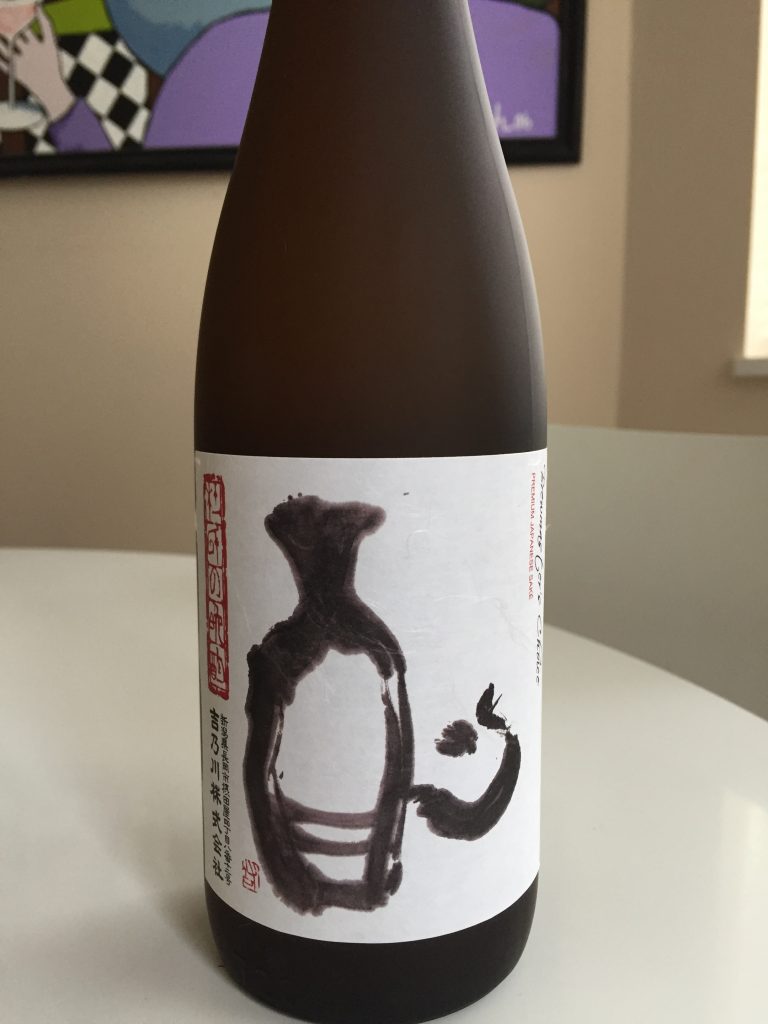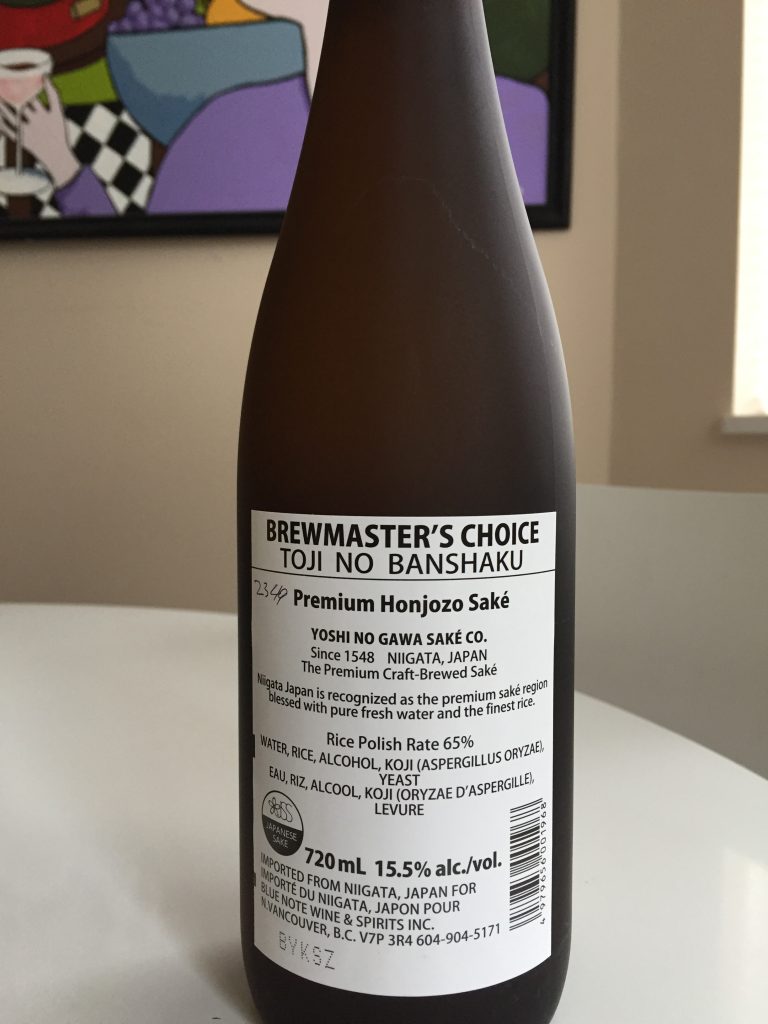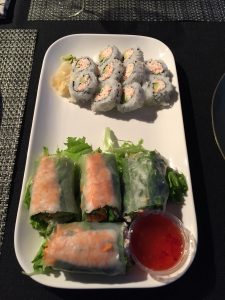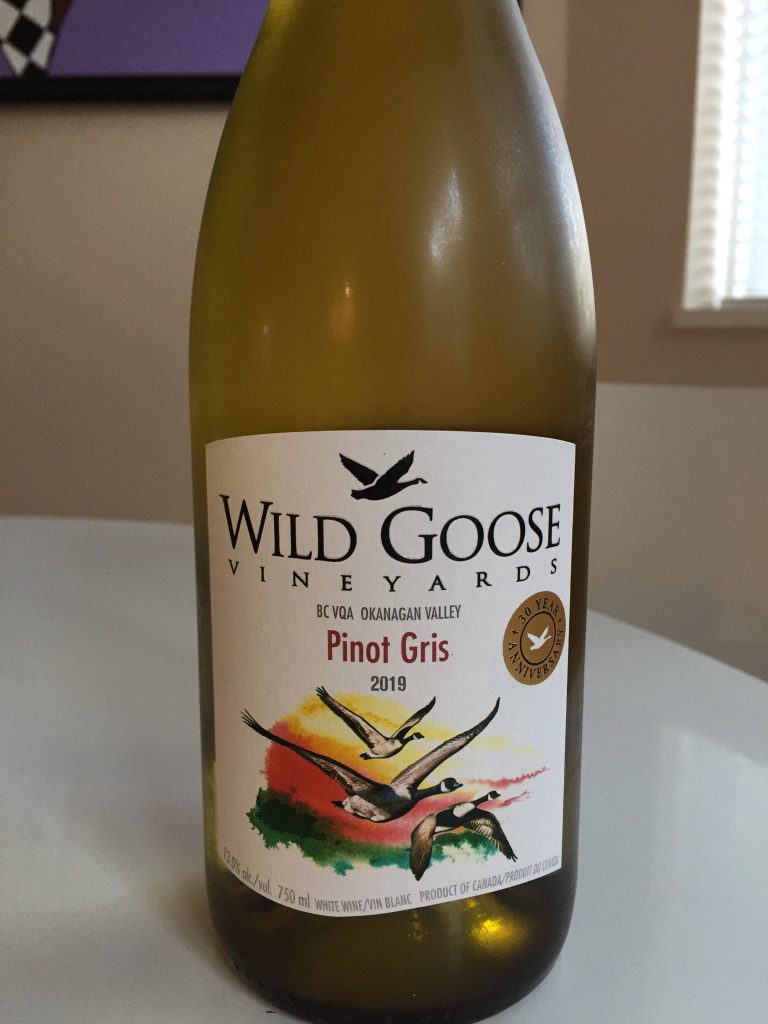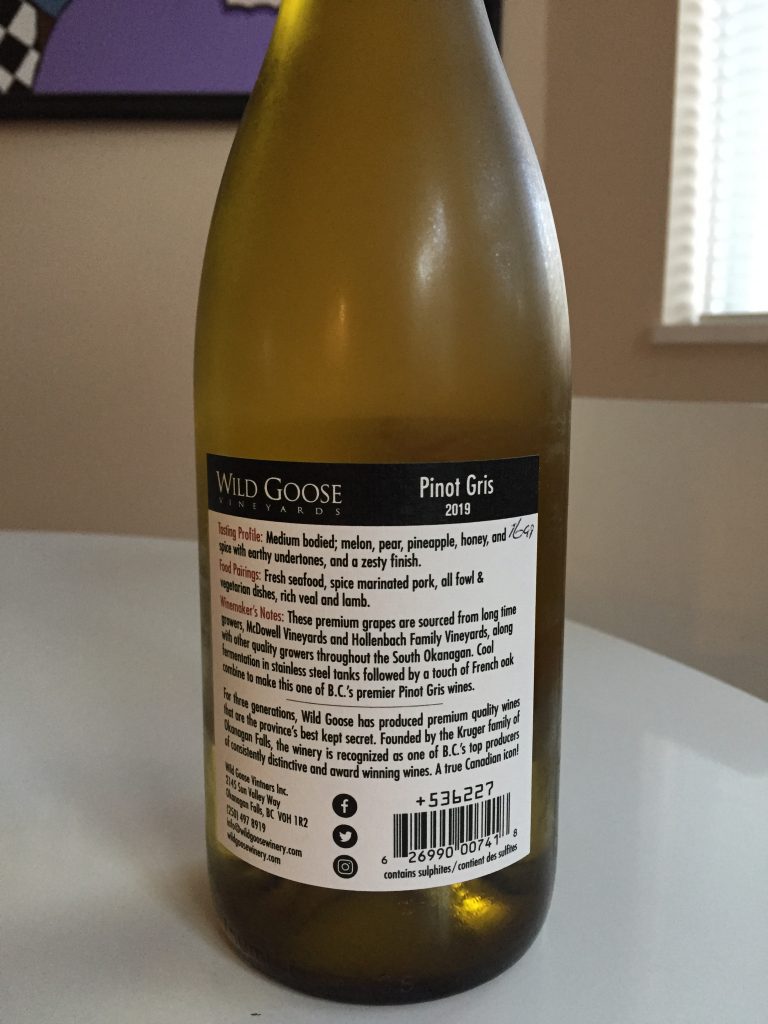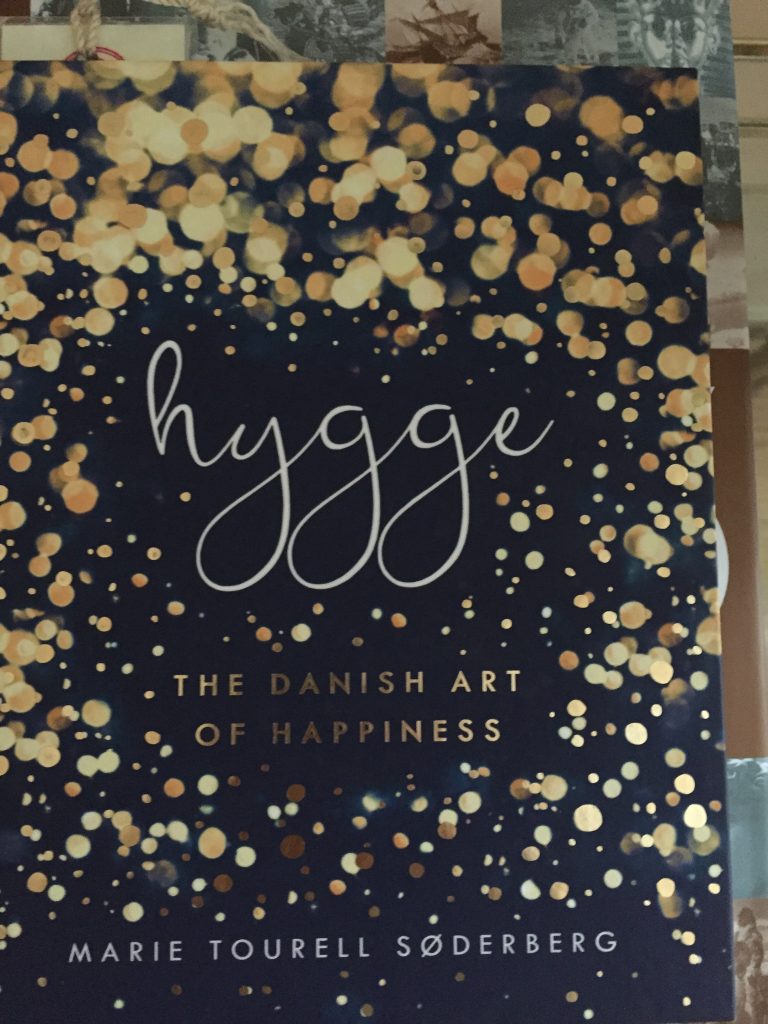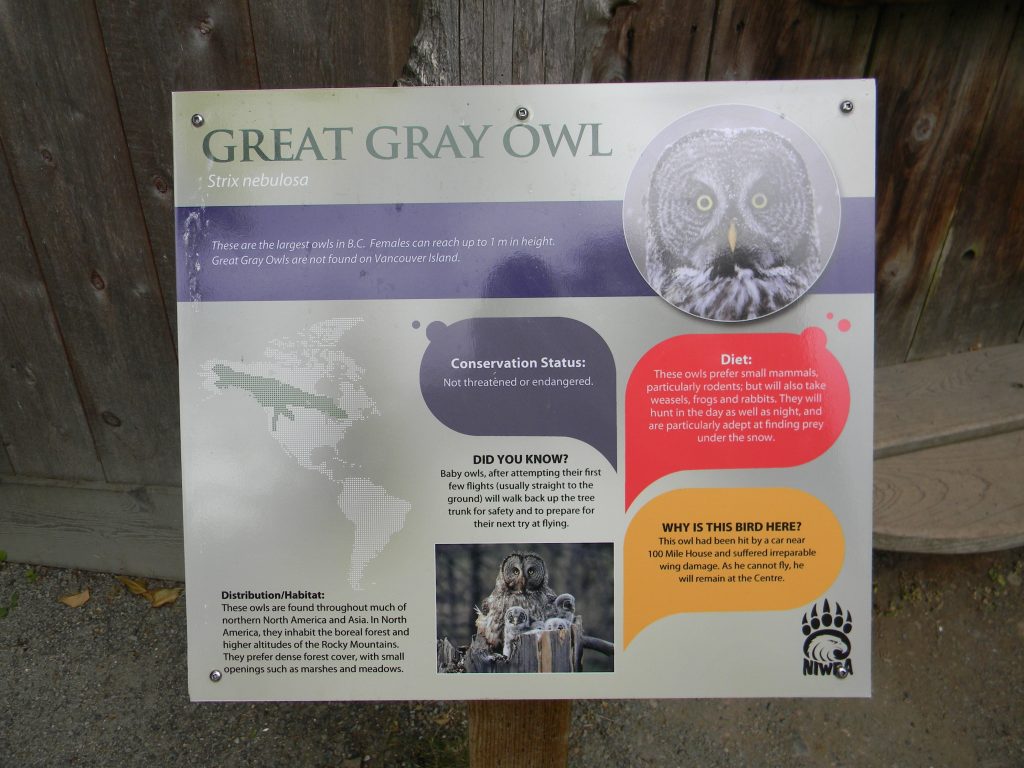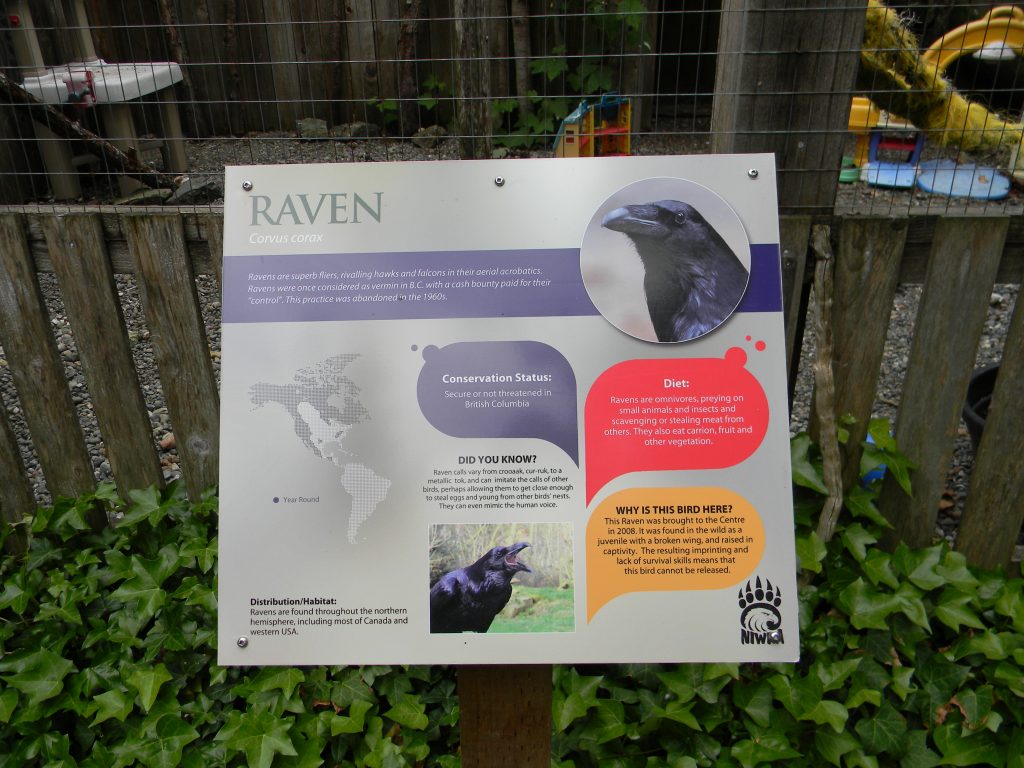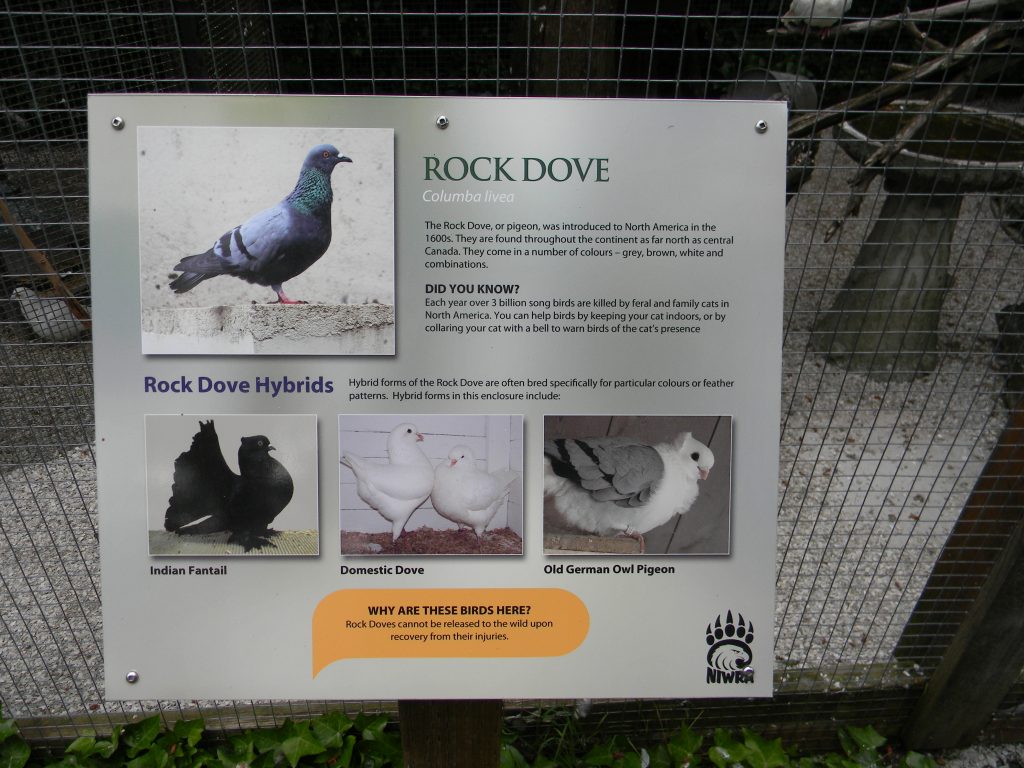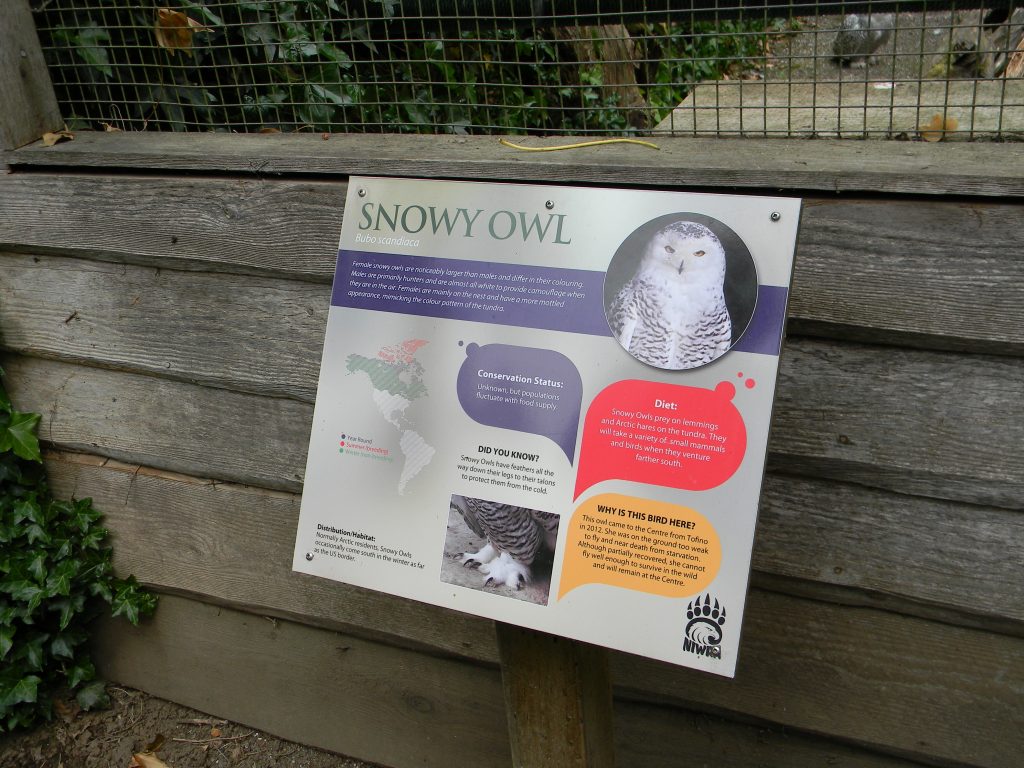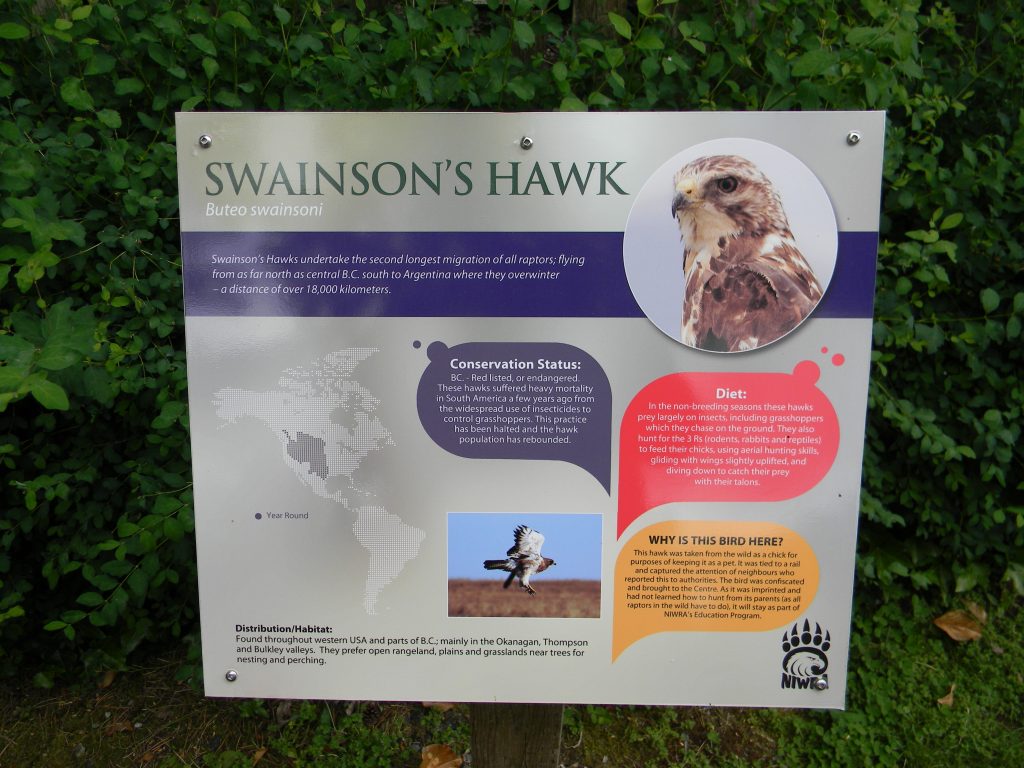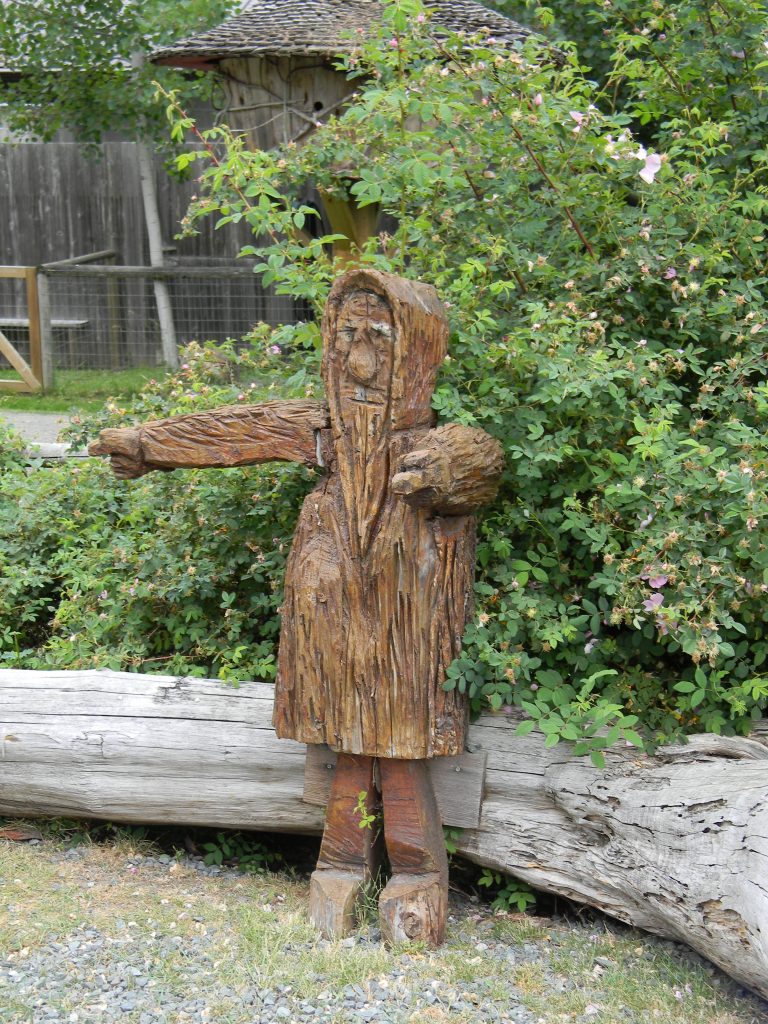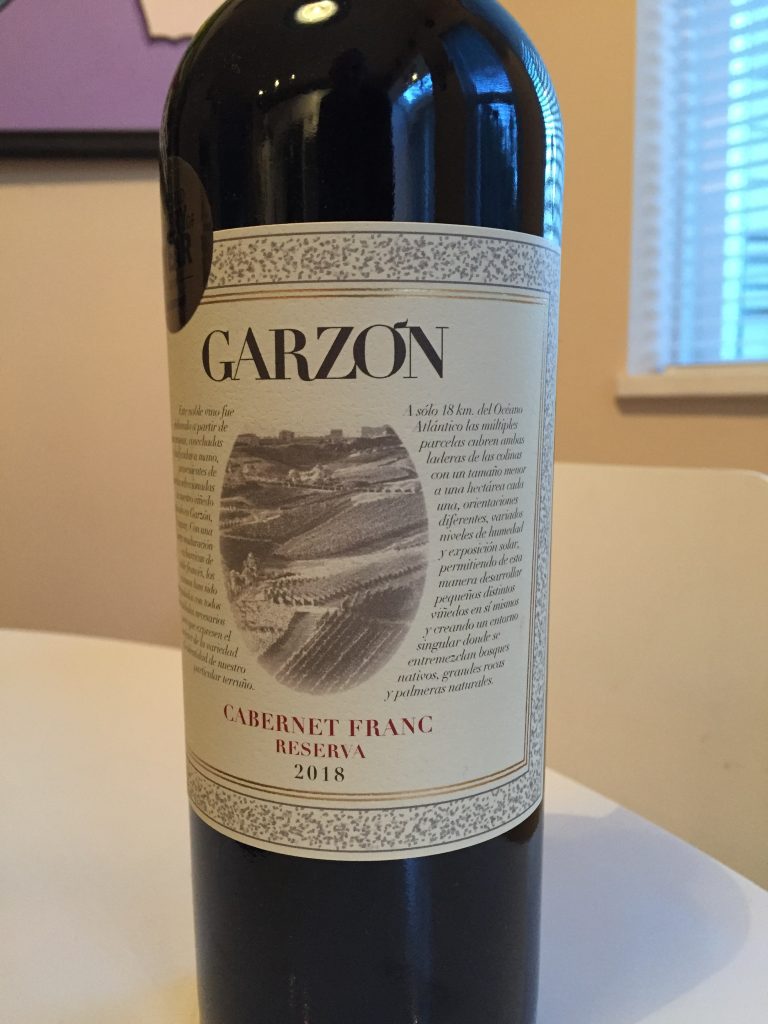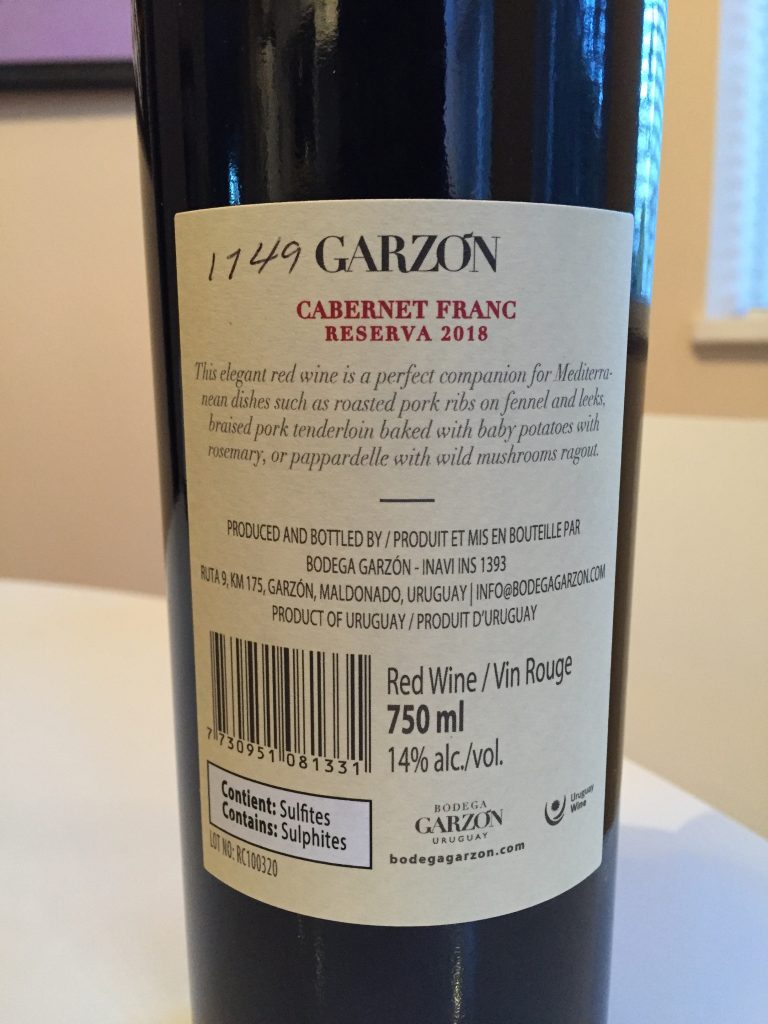Monthly Archives: January 2021
Mind in neutral. Open to adventure.
This was Great Fun .. appeasing the Goddess.
Sake is NOT wine, but it does go with food and can be enjoyed by itself.
We’re told: To start, sake is a fermented rice beverage that originated in Japan. In Japanese, sake is known as nihonshu (nihon means Japan, and -shu means alcohol) and is the country’s national alcoholic beverage. As hard as it may be to choose a sake from a list full of beverage options, every single sake on the market today consists of four basic ingredients—“rice, water, yeast, and koji,”
It has a stronger after taste than most wines.
We weren’t even sure what to serve it in: and decided on white wine glasses. Next day we tried shot glasses. Third night, South African Glasses with Tree House Pasta
For dinner, we did Italian egg Pasta Noodles in a stir fry. Garlic (lots of it), pea pods, zucchini slices, red pepper, cherry tomatoes, red onion, mushrooms, chicken strips. Fresh Parsley and Basil to top it off with some fresh parmesan. Belgian olive country style loaf.

Sake also also works well just to sip for several nights whilst preparing the next delectable delight.
Get your head outside wine with dinner, and embace something outside your comfort zone.
The name tells everything about this sake. This is the sake that sake brewmasters want to drink on regular basis themselves. Crafted using local “Gohyaku-man-goku” sake rice, this can be enjoyed chilled or heated.
It is smooth with a clean finish.
YOSHI NO GAWA – BREWMASTER’S CHOICE PREMIUM HONJOZO SAKE
15% alcohol
UPC: 04979656001968
$23.49
Wanna go wild?
2nd time we’ve had something from this vineyard. It was much better than our recollections of the first offering.
Couldn’t resist doing a roast chicken with wild rice.
This Pinot Gris shows varietal character and sources from their Penticton and Summerland vineyards.
It fills your mouth with fruit forward flavours and finishes with a slight spicy hint.
Certainly makes it to the “will buy again” list
WILD GOOSE – PINOT GRIS 2019
$16.99 regularly $18.99
13.3% alcohol
UPC: 00626990007418
Sweetness: 01 – Semi Dry
A most interesting Country
1. Canada only got its own flag 100 years after it became a country — on February 15, 1965.
2. Part of Canada is on Mars… kind of. A crater on the planet was named after the town of Gander, Newfoundland in honour of its efforts in space research.
3. The famous Canadian interjection “eh” is actually listed in the Canadian Oxford Dictionary as a valid word.
4. The Royal Canadian Mint once made a gigantic loonie made of 99.9% gold that was worth $1 million.
5. You can write a letter in any language and send it to the North Pole, H0H 0H0, Canada and you will receive a letter back from Santa.
6. Quebec manufactures more than 77% of the world’s maple syrup.
7. Canada shares the largest demilitarized border in the world with the United States.
8. The townspeople of Nanaimo, B.C. race their bathtubs as part of an annual aquatic tradition.
9. Some of the world’s most popular superheroes were conceived by Canadian minds, including Superman and Wolverine.
10. That being said, it is against Canadian law to have comics that depict criminal acts.
11. Canada is home to the Narcisse Snake Pits of Manitoba, the largest orgy of garter snakes in the world.
12. Twenty percent of the world’s fresh water is in Canada, and it has more lakes than any other country.
13. The most common last name in Canada is “Smith.”
14. In Alberta’s Banff National Park, overpasses that go over highways are made for wildlife and have trees and shrubs growing on them.
15. The third official language of Canada is “goose” — just kidding. But Canadian geese do have as many as 13 different animal calls that are distinctly their own.
16. Only in Canada could it go from minus 19C to 22C in an hour! (Pincher Creek, Alberta in 1962. Look it up!)
17. Ogopogo is a mythical monster similar to the Loch Ness Monster that supposedly lives in Lake Okanagan, B.C.
18. As much as Canadians love hockey, it’s actually not the national sport — lacrosse, a First Nations’ game, is.
19. The Westboro Baptist Church and its members are banned from entering Canada.
20. Hawaiian pizza was actually invented by a man from Ontario, not by the Hawaiians.
21. At the Bay of Fundy in Nova Scotia, you can run on the sea bed, but you have to make it across before the 100 billion tons of water rush back!
22. There’s an area in the Hudson Bay region that has less gravity than the rest of the planet.
23. Up to 30% of Canada is covered in trees and thick forest.
24. Prostitution laws are hazy in Canada — the purchase of sexual services is criminalized, but the selling of sexual services is allowed under certain conditions (if that makes any sense at all…).
25. Canada has been invaded twice by Americans — both in 1775 and 1812.
26. The largest Sony big screen TV can be found in Toronto’s Rogers Centre.
27. Canada consumes more mac and cheese than any other country in the world.
28. Old Quebec is still walled off and is a UNESCO World Heritage site.
29. The lowest temperature ever recorded in Canada was in Snag, Yukon Territory at minus 63C.
30. The official phone number for Canada is 1-800-O-Canada.
Courtesy: Narcity Media
Don’t prejudice anyone
Go to your Happy Place
You don’t even have to leave home. Close your eyes and envision it. This is your mind’s eye.
You could roughly translate koselig (pronounced “koosh-lee”), as “coziness,” but that leaves out crucial components of it, like enjoying the company of others and a connection with nature. There’s no direct English translation, but there are regional equivalents such as the Swedish “mys,” the Dutch “gezelligheid” and the most well-known of these, the Danish “hygge.” (pronounced “hoo-gah”)
Here’s one book on it
Parksville Wildlife Recovery
Can your memory go back 50 years?
Did you know?
Add a stop here to our trip
They were voted 2018 New World Winery of the Year.
The Goddess (of Wine) introduced us to them last October with the Albarino white – which we truly enjoyed.
And this exceptionally smooth Cab Franc gets pretty close to the top of our list of favourite Cab Francs.
Starts out soft and gentle and then gets rich in juicy complexity. It goes well with pastas, Or, any Mediterranean style meal.
I certainly hope that the buyers for wine importers bring us more from this Winery.
I’m also recommending that this be put on the Valley Gurlz Extravaganza Trip. We could do it on our South American portion of the jaunt. Uruguay could come after Chile and Argentina.
Garzon Reserva Cabernet Franc Reserva 2018
$17.49
14% Alcohol












